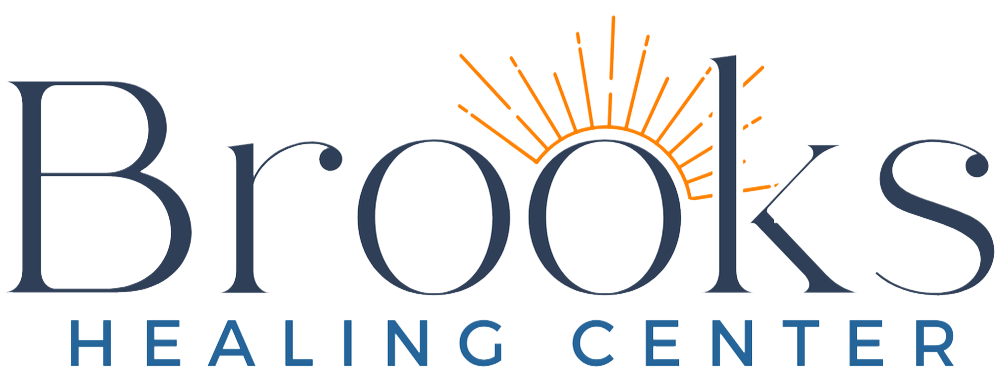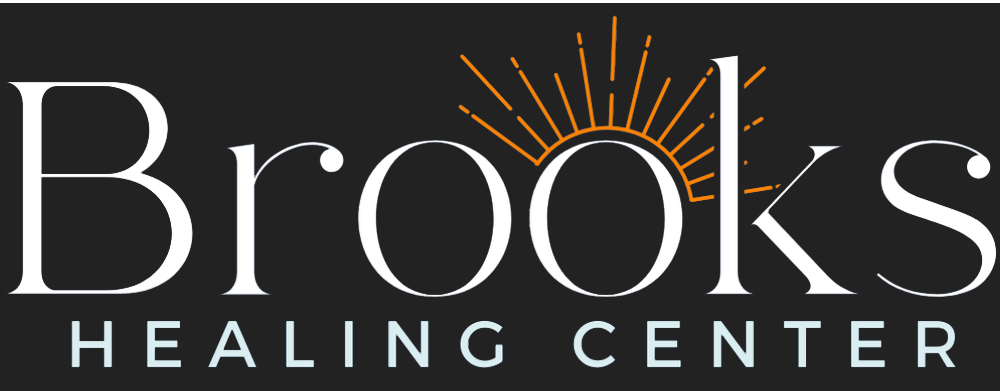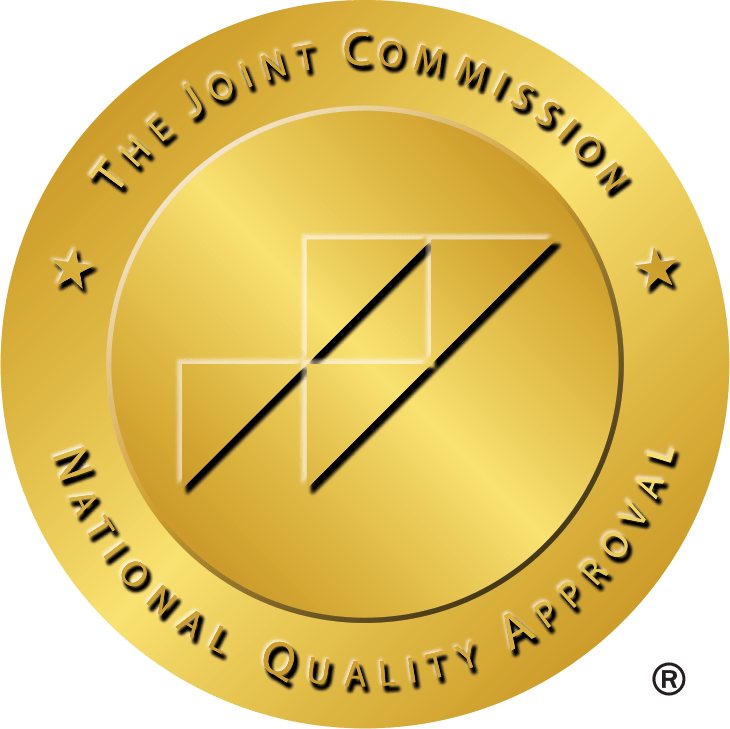Barbiturate addiction is a serious and potentially life-threatening condition that can sometimes go under the radar. These powerful central nervous system depressants, once commonly prescribed for anxiety and insomnia, can quickly lead to physical dependence and addiction.
The dangers of barbiturate abuse are amplified by their narrow therapeutic index, meaning the line between an effective dose and a toxic one is perilously thin. As tolerance builds, users face an increasing risk of overdose, respiratory depression, and even death.
Table of Contents
Key Points
- Barbiturates are central nervous system depressants that were once used to treat anxiety, insomnia, and seizure disorders but are now largely replaced by safer alternatives due to their high addiction potential and overdose risks.
- Barbiturate addiction involves increasing tolerance, dependence, and severe health risks, including respiratory depression and cognitive impairments, with overdose being particularly dangerous when combined with other depressants.
- Symptoms of a barbiturate overdose include extreme drowsiness, confusion, slow breathing, and cyanosis, with severe cases potentially leading to respiratory arrest and death.
- Treatment options for barbiturate addiction at Brooks Healing Center include detoxification to manage withdrawal safely, followed by residential care with therapies such as Cognitive Behavioral Therapy, Experiential Therapy, and Brainspotting to support recovery.
What Are Barbiturates?
Barbiturates are a class of sedative-hypnotic medications that were widely used throughout the 20th century to treat anxiety, insomnia, and seizure disorders.[1] These drugs work by enhancing the effects of gamma-aminobutyric acid (GABA), a neurotransmitter that reduces brain activity.[2] This results in a calming effect, promoting relaxation, reducing anxiety, and inducing sleep. However, due to their high potential for addiction and the risk of severe side effects, including overdose, barbiturates have largely been replaced by safer alternatives in modern medical practice. Despite their decreased use in clinical settings, barbiturates continue to be a subject of concern due to their presence in the illicit drug market and their potential for abuse.[3] They are classified into four main categories based on their duration of action: ultra-short-acting, short-acting, intermediate-acting, and long-acting. The effects of barbiturates can range from mild sedation to coma or death, depending on the dose and the individual's tolerance level. This narrow therapeutic index makes barbiturates particularly dangerous, as the difference between a therapeutic dose and a lethal one can be small. Some common types of barbiturates include:- Phenobarbital (long-acting)
- Secobarbital (short-acting)
- Pentobarbital (short-acting)
- Amobarbital (intermediate-acting)
- Butabarbital (short-to-intermediate-acting)
- Thiopental (ultra-short-acting)
Barbiturate Addiction and Abuse
The development of tolerance is a key factor in barbiturate addiction and abuse. As the body becomes accustomed to the drug, users need increasingly larger doses to achieve the same effects. Signs and symptoms of barbiturate addiction can include:[5]- Physical dependence and withdrawal symptoms when not using
- Increased tolerance, requiring higher doses for the same effect
- Continued use despite negative consequences
- Neglect of personal responsibilities and relationships
- Doctor shopping or illegal procurement to maintain supply
- Mixing barbiturates with other substances to enhance the effects
Barbiturates Quick Reference Chart
| Drug Category | Commercial & Street Names | DEA Schedule | Administration |
| Sedative-hypnotic | Barbs, downers, Christmas trees, goofballs, pinks, sleepers | Schedule II, III, IV | Ingested, injected |
What Are the Symptoms of a Barbiturate Overdose?
A barbiturate overdose can be life-threatening and requires immediate medical attention. Barbiturate overdose occurs when a person takes more of the drug than their body can effectively process, leading to severe central nervous system depression. Barbiturate overdose symptoms can progress rapidly and may include:[8]- Extreme drowsiness or difficulty staying awake
- Confusion and disorientation
- Slurred speech
- Slow, shallow, or irregular breathing
- Respiratory depression (dangerously slow breathing rate)
- In severe cases, respiratory arrest
- Low blood pressure
- Weak or rapid pulse
- Loss of coordination
- Decreased reflexes
- Cold, clammy skin
- Bluish tint to lips and fingernails (cyanosis) due to lack of oxygen
- Nausea and vomiting
- Keep the person awake and upright if possible
- Do not induce vomiting unless instructed by medical professionals
- If the person is unconscious, place them in the recovery position (on their side) to prevent choking
- Be prepared to provide information about the type and amount of barbiturates taken, if known
What Are My Options for Barbiturate Addiction Treatment in Tennessee?
At Brooks Healing Center in Tennessee, we offer comprehensive treatment options for those struggling with barbiturate addiction (as well as for other substance abuse and co-occurring mental health disorders). Our approach includes both detox and residential care programs, providing a full spectrum of support for your recovery journey. Detox, or detoxification, is the initial phase of treatment where the body is safely cleared of barbiturates under medical supervision, managing withdrawal symptoms and ensuring patient safety. Following detox, our residential care program offers a structured, supportive environment where individuals can focus entirely on their recovery, receiving intensive therapy and learning essential coping skills. Our treatment program incorporates a range of evidence-based modalities to help with barbiturate addiction:- Cognitive Behavioral Therapy (CBT): This approach helps patients identify and change negative thought patterns and behaviors associated with drug use. CBT equips patients with practical skills to manage cravings, avoid triggers, and develop healthier coping mechanisms.
- Experiential Therapy: We incorporate hands-on, active experiences into treatment, such as art therapy, music therapy, or outdoor activities. These therapies allow you to process emotions and develop new skills in non-traditional therapeutic settings.
- Trauma-Informed Care: Recognizing the frequent link between trauma and addiction, our trauma-informed approach ensures that all aspects of treatment are sensitive to past traumatic experiences. This method helps address underlying issues that may contribute to addiction.
- Brainspotting (BSP): This innovative therapeutic technique helps process trauma and negative emotions that may fuel addictive behaviors. BSP can be particularly effective in addressing the deep-seated psychological impacts of barbiturate addiction.
- 12-Step Programs: We integrate the principles of 12-step programs into our treatment, offering a structured path to recovery that has helped countless people achieve and maintain sobriety. These programs provide ongoing support and a framework for personal growth in recovery.


